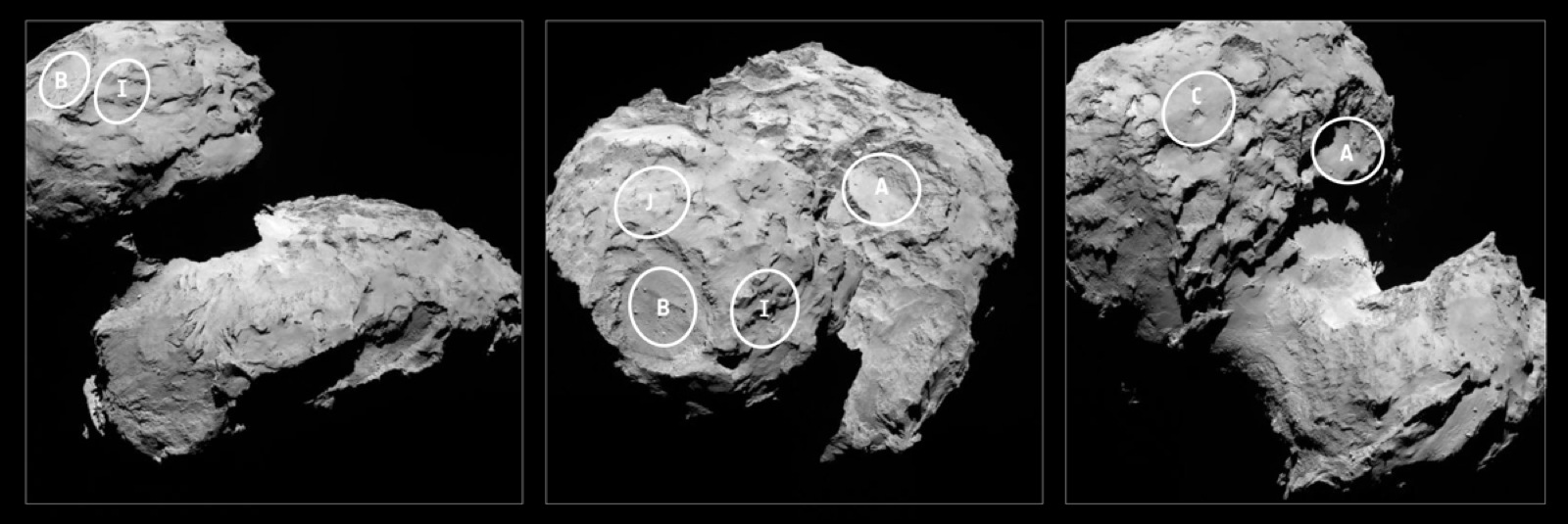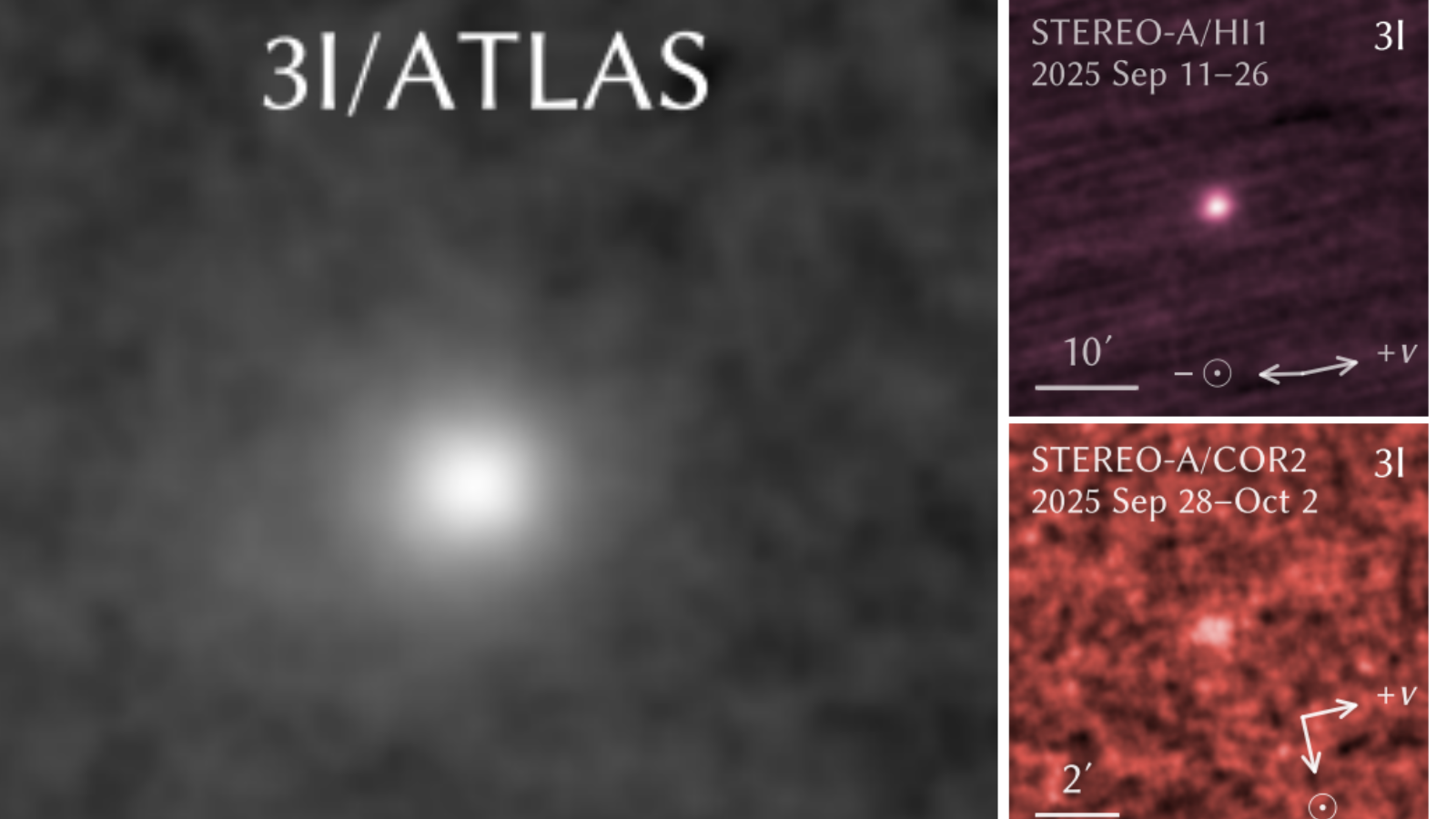Landing Site for Comet-Chasing Rosetta Spacecraft to Be Revealed Soon

The target drop zone for a historic landing on a comet in deep space by a European spacecraft will be unveiled this month after weeks of scrutiny to scout out the perfect location.
Scientists with the European Space Agency will reveal the comet landing site target for Philae, a lander riding aboard the agency's Rosetta spacecraft, on Sept. 15. If all goes well, the Philae lander will touch down on its target, the Comet 67P/Churyumov-Gerasimenko, on Nov. 11.
The comet landing will mark the first time any space agency has attempted a soft landing on a comet, although NASA's Deep Impact spacecraft deliberately crashed a small probe into a different comet in 2005. [See Rosetta's Amazing Comet Photos]
Rosetta has spent the past month at Comet 67P/Churyumov-Gerasimenko, or 67P, to help ESA scientists learn more about the comet's strange composition. The comet has two distinct sides to it, and a shape that reminds some investigators of a rubber duck.
In late August, investigators narrowed down the list of possible comet landing sites to five candidates, with most of them located on the smaller of the two lobes. At the time, ESA officials said more investigation was needed to figure out if the area was safe for landing in terms of boulder hazards as well as lighting conditions.
Philae will remain at work on the surface for at least a few weeks, harpooned in place to prevent it from easily leaving the 2.5-mile-long (4 kilometer) comet's low gravity. Rosetta itself is expected to transmit data through at least August 2015, when the comet makes its closest approach to the sun between the orbits of Earth and Mars.
The European Space Agency launched the Rosetta spacecraft in 2004 on a 10-year voyage to Comet 67P. Rosetta and its Philae lander traveled nearly 4 billion miles (6 billion km) to reach the comet.
Breaking space news, the latest updates on rocket launches, skywatching events and more!
One major goal of the Rosetta mission is to better understand how comets — considered one of the building blocks of the solar system — are put together, and how they react as they get close to the sun.
Predicting the brightness of comets is notoriously difficult because their composition is so variable, making it hard to figure out how much gas and dust will stream away when the sun warms the comet's surface.
Follow Elizabeth Howell @howellspace, or Space.com @Spacedotcom. We're also on Facebook and Google+. Original article on Space.com.
Join our Space Forums to keep talking space on the latest missions, night sky and more! And if you have a news tip, correction or comment, let us know at: community@space.com.

Elizabeth Howell (she/her), Ph.D., was a staff writer in the spaceflight channel between 2022 and 2024 specializing in Canadian space news. She was contributing writer for Space.com for 10 years from 2012 to 2024. Elizabeth's reporting includes multiple exclusives with the White House, leading world coverage about a lost-and-found space tomato on the International Space Station, witnessing five human spaceflight launches on two continents, flying parabolic, working inside a spacesuit, and participating in a simulated Mars mission. Her latest book, "Why Am I Taller?" (ECW Press, 2022) is co-written with astronaut Dave Williams.
